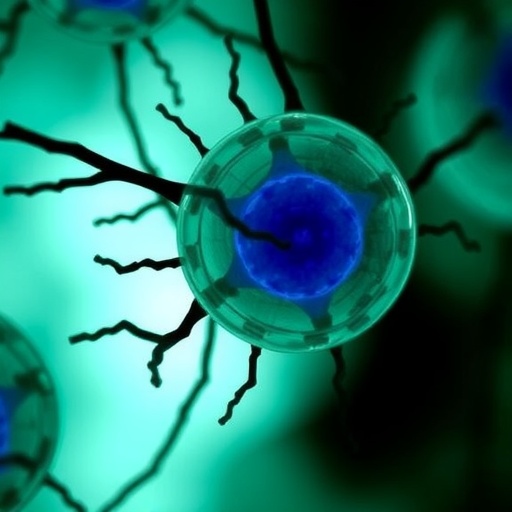
Credit: Navin Pokala
The human brain, the most complex object in the universe, has 86 billion neurons with trillions of yet-unmapped connections. Understanding how it generates behavior is a problem that has beguiled humankind for millennia, and is critical for developing effective therapies for the psychiatric disorders that incur heavy costs on individuals and on society. The roundworm C elegans, measuring a mere 1 millimeter, is a powerful model system for understanding how nervous systems produce behaviors. Unlike the human brain, it has only 302 neurons, and has completely mapped neural wiring of 6,000 connections, making it the closest thing to a computer circuit board in biology. Despite its relative simplicity, the roundworm exhibits behaviors ranging from simple reflexes to the more complex, such as searching for food when hungry, learning to avoid food that previously made it ill, and social behavior.
Understanding how this dramatically simpler nervous system works will give insights into how our vastly more complex brains function and is the subject of a paper published on December 26, 2016, in Nature Methods.
Specifically, in electrical and computer engineering, circuits are designed and studied using breadboards that allow circuit elements to be easily added, removed, and modified. Likewise, in order to understand how the neural circuits in brains generate behavior, scientists need to manipulate the activity of individual neurons, turning them on and off at will. To do this, researchers have developed robust tools (transgenic actuators), that use drugs or light to activate or silence the neurons in which they are expressed. At present, these cell-specific systems need to be custom-made for each neuron and actuator combination a researcher may be interested in.
Navin Pokala, Ph.D., assistant professor of Life Sciences at New York Institute of Technology (NYIT) College of Arts and Sciences, with researchers at Caltech, adapted the GAL4-UAS system for expressing transgenes in the nematode C elegans. This system, which uses a gene regulatory protein from yeast, greatly reduces the work required for making cell-specific perturbations. Instead of constructing new DNA and transgenic animals for each cell and actuator, new cell-actuator combinations can be generated by simply mating already-constructed animals, dramatically reducing the time and cost.
Pokala and his collaborators plan on exploring variations to the GAL4-UAS system that allow more precise control of actuator gene expression than is currently possible. The newfound ease of transgenic animal construction allows for systematic perturbation of the cells in the nervous system, allowing Pokala and colleagues to build a database linking neural perturbations to behaviors. When combined with the previously mapped circuit wiring, this database will be a valuable resource for developing and testing models of nervous system function.
###
The work is described in Nature Methods was funded by The Howard Hughes Medical Institute and The G. Harold and Leila Y. Mathers Charitable Foundation.
Navin Pokala can be reached at [email protected]; (516) 686-7771. navinpokala.org
About NYIT
New York Institute of Technology (NYIT) offers 90 degree programs, including undergraduate, graduate, and professional degrees, in more than 50 fields of study, including architecture and design; arts and sciences; education; engineering and computing sciences; health professions; management; and osteopathic medicine. A non-profit independent, private institution of higher education, NYIT has 12,000 students attending campuses on Long Island and Manhattan, online, and at its global campuses.
Led by President Edward Guiliano, NYIT is guided by its mission to provide career-oriented professional education, offer access to opportunity to all qualified students, and support applications-oriented research that benefits the larger world. To date, 100,000 graduates have received degrees from NYIT. For more information, visit nyit.edu.
Media Contact
Navin Pokala
[email protected]
516-686-7771
@nyit
http://www.nyit.edu
############
Story Source: Materials provided by Scienmag





